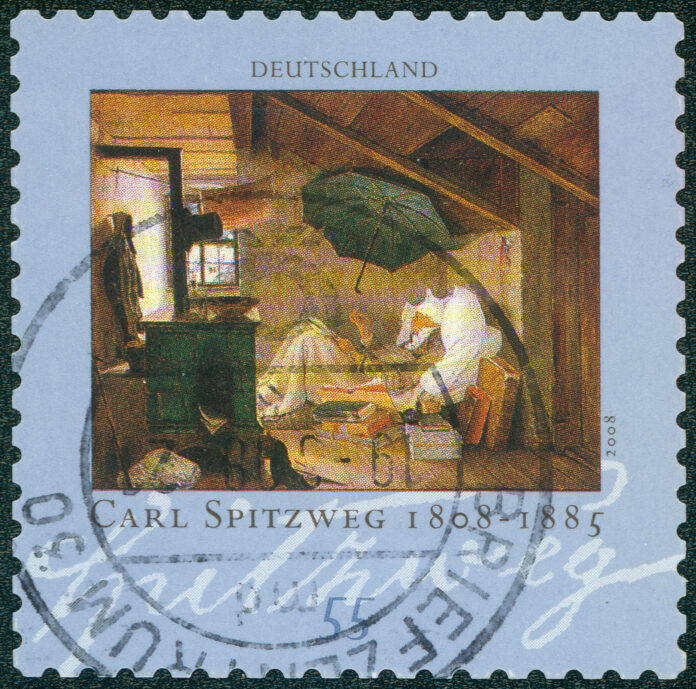When thinking about managing finance, an interesting question this article poses is how we value different things
What Makes Art Valuable?
The definition of value in art is an ever-disputed topic in the art world as the elements of art value are extremely numerous and often highly subjective rather than empirical. Understanding this concept at the core of the art market is essential to all those who wish to take their first steps into the art world. For example, what makes art valuable? Does this concept only have to do with the price? Does it reflect the symbolic nature of art or rather the fineness of its material?

Paul Cézanne, The Card Players, 1892-95
What is Value in Art?
The parameters and elements that determine the value of art have certainly changed from the past. Until the advent of the modern era, the question about what is the value of art could be answered more easily, taking into consideration the materials used, the purpose served, the dimensions, the notoriety of the artist and of the commissioner – an extremely common figure back then. Even though not all of these elements have disappeared, today they are certainly complemented by others. One just has to think that today an art piece like Comedian by Cattelan can sell for 150.000 USD, a price that certainly exceeds the cost of the materials employed: a banana and a strip of duct tape.
The Elements that Define the Value of Art
Although simplistic – like all classifications – a useful categorization of the different aspects involved in the definition of the value of art includes:
- The intrinsic or inherent value of art, pertaining to its symbolic quality;
- The social value of art;
- The commercial (or market) value.
The Intrinsic Value of Art
The intrinsic value of a piece of art consists of what can’t be determined by numbers. The most difficult one to pin down, the intrinsic (or inherent) is a highly subjective emotional value, connected to how a specific work of art makes the viewer feel, what sensations it provokes, and, of course, this can’t be held or shown.

Mark Rothko, Untitled Red, Black over Red on Red, 1964
The social value of art
When producing art, an artist shares a story, a sentiment, cultural elements and the moment people perceive it, they also understand it and project their own stories, sentiments and cultures. Moreover, the social value of art comes from the capacity of gathering individuals for the purpose of a communal experience.
The commercial value of art
The third main element of art value is market value, in simpler terms, its price. Given what was mentioned about the social and intrinsic value of art, it should be clear now that an artwork’s price is not determined the same way as utilitarian goods. The commercial value of an art piece, in fact, is determined according to some collective consensuses, exactly like currency: it is a human stipulation to define it. [Bastoni, Chiara]
After reading this article on how art is valued, it touches on how people assign value to art. What can the topic from this article teach us about how people assign value to anything? According to this article, it is a combination of things and includes both subjective and objective factors. Often people will assign a heavy amount of sentimental value to an object. For example, someone could be way more hesitant to let go of a cheap object with a lot of sentimental value over something that has a lot of monetary value. There is a factor of replaceability that accounts for how we assign value. What can we take away from this article? How can we take what it says about value and apply it to a design that a user will find value in?
Bastoni, Chiara. “Value in Art: What Are the Elements That Define the Value of Art?” Artland Magazine, 24 Feb. 2022, magazine.artland.com/value-art/.




